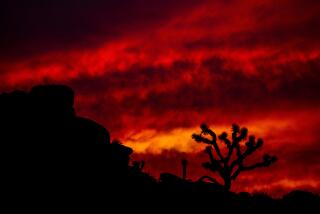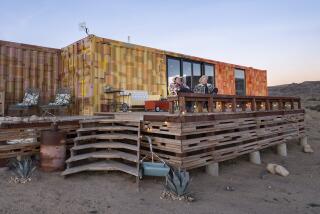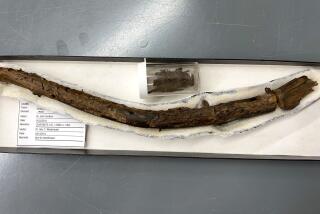Flora of the Valley Yucca
The brilliant white flowers of the yucca contrast sharply with the protruding rocks and brown, bristly bushes that surround it in California’s dry chaparral country during the summer.
The blossoms of several species of yucca can be seen through September in the foothills.
The plants are characterized by clusters of stiff, evergreen, sword-shaped leaves, from one to three feet long, growing up from pincushion-like bases. The spherical to bell-shaped blossoms, which sometimes are tinged with light green or lavender, are densely clustered on branches at the top of the plants’ stalks.
Each fragrant flower opens in the evening and lasts several days. Flowering from top to bottom of the plant takes two to seven weeks. Each plant bears thousands of nodding blooms in two- to four-inch clusters. The fruit that forms after the flowers die is a pod, one to two inches long, which opens when mature and scatters flat, black seeds.
There are 40 varieties of yucca. The species called Our Lord’s candle (Yucca whipplei) is now in bloom on slopes near the Foothill Freeway. The plant was so named by the early padres in California because of the spectacular candelabra of white flowers. Our Lord’s candle is also known as Spanish bayonet, Quixote plant and chaparral yucca.
Other species of yucca, which is a member of the lily family, can be seen at different elevations in the mountains. Another variety of yucca, the Joshua Tree, grows in the California desert.






